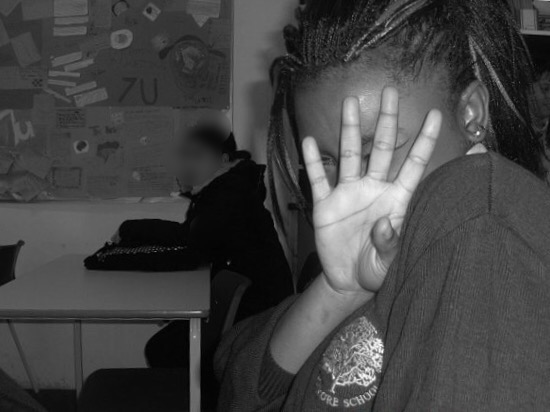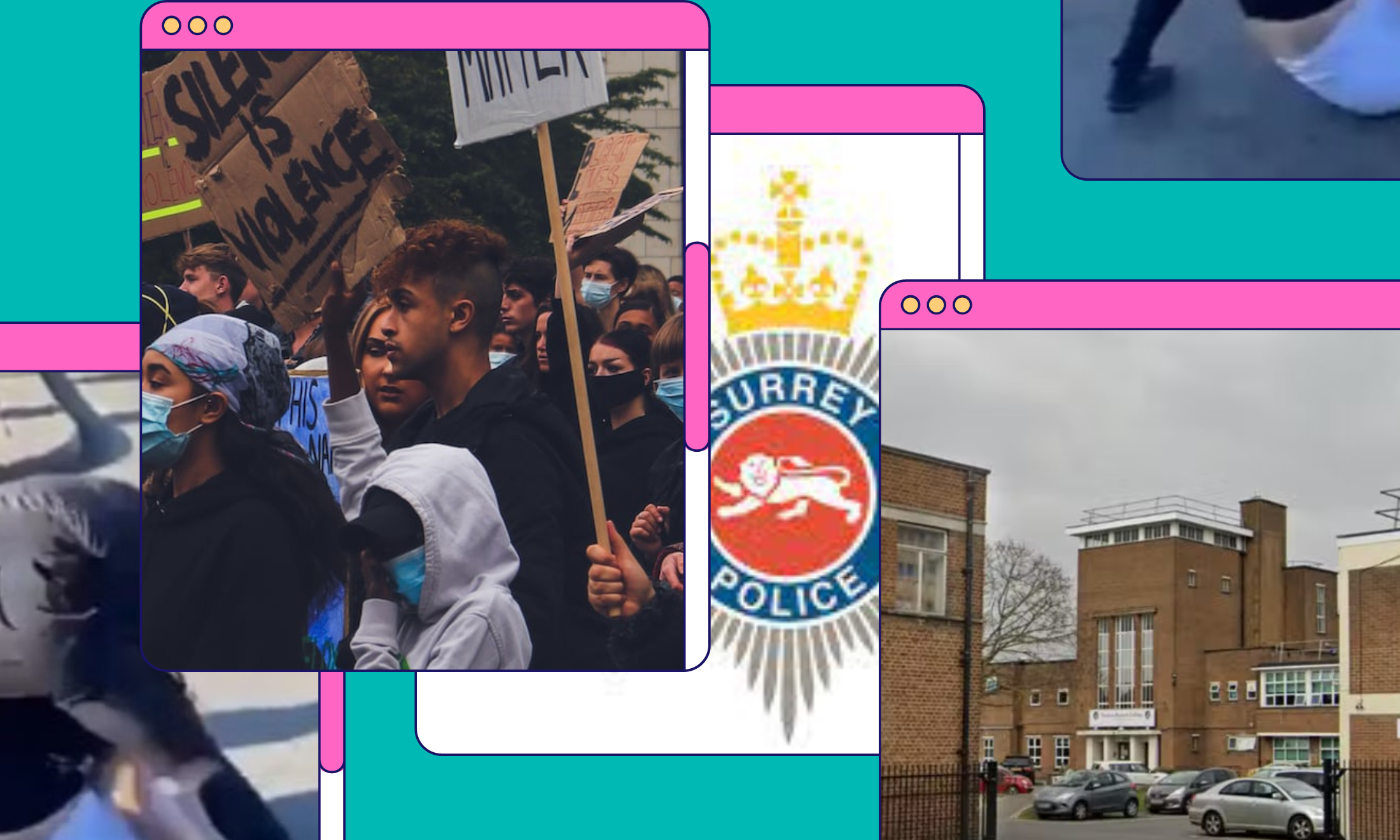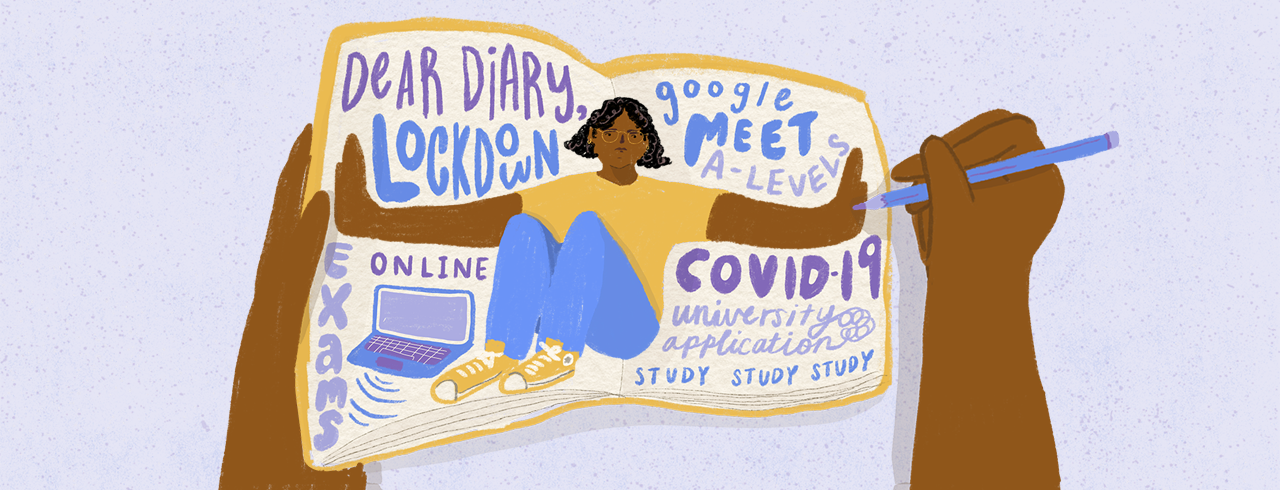
I recently found myself reminiscing about the trials and tribulations of secondary school life.
As a young black teen, I attended a school which, for the sake of political correctness, is dubbed ‘urban’ but you and I both know this is just a euphemism for substantially black. To be fair, the school I attended did fit the criteria for ‘urban’ in many ways: firstly it had a high population of black and minority ethnic students and, secondly, it was in London, close to an area nicknamed ‘shank town’. For those of you who are still grasping slang terms, ‘shank town’ referred to the high number of knife (shank) crime that took place there.
For many black girls like myself, entry from the blissfully naïve and rosy-cheeked life of primary school to the fast-paced, and often ruthless, secondary school was a frightening transition. The first thing I noticed in my entry to secondary school were the obvious, Mean Girl-esque cliques that existed. Each clique had its very own strict yet not overtly implied entry requirements. I was, of course, very much thrown into the unfriendly black hotties (UBH) clique. The UBH was the epitome of social power and exuded confidence and popularity. To be accepted as a member in this clique, one had to fit the criteria mentioned below:
- Your hair must be freshly cornrowed with detailed and intricate patterns.
- Your baby hairs must be slicked and curled with precise geometric accuracy.
- You must be well acquainted with older students who are referred to as ‘olders’; bonus points if they’re a popular sibling.
- You must be able to fight or at least be fearful enough that others wouldn’t want to fight you.
- You must be able to kiss your teeth in the form of a harmonious symphony while simultaneously clicking your fingers and rolling your neck.
- Your name must have some of the sounds ‘Sha’, ‘Nique’, or ‘Niece’.
- You must have a whimsically small and impractical Nike ‘just do it’ bag and Kickers of course.
If you fit five or more of the criteria listed then you too may have been worthy of joining the UBH and you can now rightfully claim your place within the clique at your nearest secondary school. Disclaimer: results may vary as you may still be turned away.
However, if the above strikes within you a sense of overly-stereotyped imagery of what it is to be a black girl in secondary school then it is rightfully so. Unfortunately for many black girls, it’s not all gelled baby hairs and Nike ‘just do it’ bags. Secondary school for young black girls is often a complex chasm of culture, hierarchies and, of course, the intersection of sexism and racism.
“White girls are romanticised but black girls are sexualised.”– W, 16 year old
The sexualisation of black women’s bodies is an issue that has been highlighted by many black feminist writers, such as Patricia Hill Collins, bell hooks and more. Hypersexualisation refers to the ways in which, historically, black women have been associated with overt sexual exuberance and promiscuity. The term’s origins lie in European colonisers’ misinterpretations of many African tribes’ lack of clothing, as well as often very physical and intimate dances, as uncontrollable sexuality.
However, this hypersexualisation is often imposed on young girls who feel as though they are sexualised without their consent. I’m sure many of you remember those very tight trousers we nagged our mothers to buy from the market stalls. While these are a somewhat normalised part of our school attire, for many black girls it was a means by which they were sexualised and slut-shamed. Some girls I spoke to mentioned that, because of the way their bodies were perceived, they were sexually harassed by boys, as well as shamed by the staff at their schools.
“I think we’re seen as objects sometimes… It’s like white men … they look at us and they think ‘ahh she’s kind of tasty’ like … (giggling) … ‘I’d like to do something with her’ something like … I honestly think we’re looked at like we’re objects and we can just be used.”
The sexualisation of young black girls and black women everywhere rids us of our autonomy; it dictates the ways in which we must represent ourselves to remain respectable in society. For many of these young girls, the overt sexualisation they faced caused them shame and, for those whose bodies didn’t conform to the stereotypical sexualised image of black-woman-ness, they found themselves having to question their blackness.
“There is this look a black girl is supposed to have: being curvy … with, like, long curly hair, and we’re supposed to look like this … this stripper look and, if you don’t look like that, then there is something wrong with you… It’s like ‘oh, why don’t you have a big bum? You’re black. Or why don’t you have this? You’re black’.” W, 16 year old.
There are a plethora of issues faced by black girls in secondary schools; sexualisation is simply one of them. You may be wondering what all of this has to do with the culture of black girls, or even why black girls in secondary schools often come across as abrasive and unfriendly. Put quite simply, these young girls are going through strategic negotiations of their identities. Very often these cliques of unfriendly black hotties are a means of protection from the racism and sexism faced in schools. Young black women have a culture of resilience, one that we see being exploited by mass media and pop culture. So can we be blamed for wanting our identities to remain ours?









